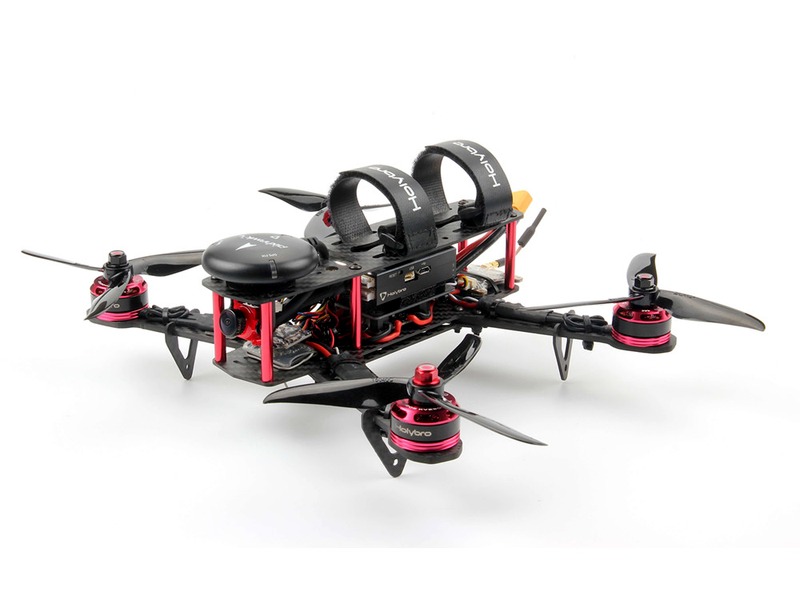How does a quadcopter roll?

A quadcopter, or quadrotor, is a type of unmanned aerial vehicle (UAV) that utilizes four rotors to generate lift and maneuver through the air. This type of aircraft is distinct from the more traditional, fixed-wing designs seen in commercial and military aviation in that it can take off and land vertically, making it a very maneuverable craft. It can also make quick turns and change directions easily.
The ability of a quadcopter to roll is a result of its four rotors, each of which is able to independently vary its thrust to produce the desired effect. This is done by adjusting the angle of attack of the blades, which in turn causes the aircraft to tilt in the desired direction. The more power each rotor puts out, the more quickly the aircraft will tilt and roll in that direction.
On a more technical level, the roll of a quadcopter is achieved by actuating two of the rotors in opposite directions. By doing this, the aircraft will tilt in a specific direction and begin to roll in that direction. Since the aircraft is composed of four independent rotors, each of which can be adjusted independently, complex maneuvers can be achieved through the judicious application of thrust.
Furthermore, a quadcopter has the capability to rotate about its own axis, which is often referred to as a yaw maneuver. This occurs when the rotors in the front and back of the aircraft are actuated in opposite directions. By doing this, the craft will spin around its own axis, which can be used to change direction quickly or to rotate in place.
It is important to note that in order for a quadcopter to safely and accurately perform a roll or a yaw maneuver, the craft must be properly balanced. This is achieved through the use of gyroscopes and accelerometers, which help to keep the craft stable in all three axes. Gyroscopes measure the orientation of the aircraft, while accelerometers measure the force of gravity. These two components work together to prevent the aircraft from tipping over, which would impair its ability to maintain control.
In conclusion, a quadcopter is able to roll, yaw, and perform other complex maneuvers due to its four independent propellers. The craft is able to tilt and roll in a specific direction by actuating two rotors in opposite directions, while yaw maneuvers are achieved by actuating the front and back rotors in opposite directions. In order for the craft to safely and accurately perform all of these maneuvers, however, it must be properly balanced and controlled.
Comments / Question
2. Make sure the battery is fully charged and the quadcopter is in good working order.
3. Check the weather conditions to ensure that wind and other environmental factors won’t interfere with the stunt.
4. Start with a hover and use small movements to slowly build up to the roll.
5. Have someone spot the quadcopter in case of any unexpected movements.
6. Always pay attention to the quadcopter's orientation and altitude.
7. Keep your hands away from the rotors and propellers.
8. Make sure the quadcopter is in a stable position before attempting the roll.
9. Take the roll slowly and steadily, and be prepared to react quickly to any unexpected changes.
2. Increased stability: Quadcopter rolls offer increased stability compared to other aerial maneuvers. The four rotors provide additional stability and control, which helps to reduce the risk of a crash.
3. Easier to learn: Quadcopter rolls are relatively easy to learn compared to other aerial maneuvers. This makes them ideal for beginners who are just getting started with drones.
4. More exciting: Quadcopter rolls are more exciting than other aerial maneuvers. They can be used to perform dynamic stunts and tricks that can be used to impress an audience.

